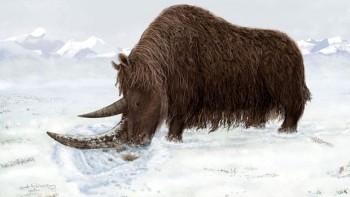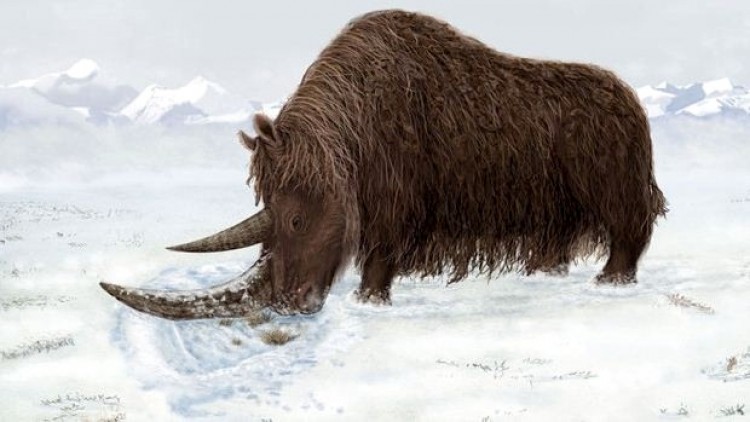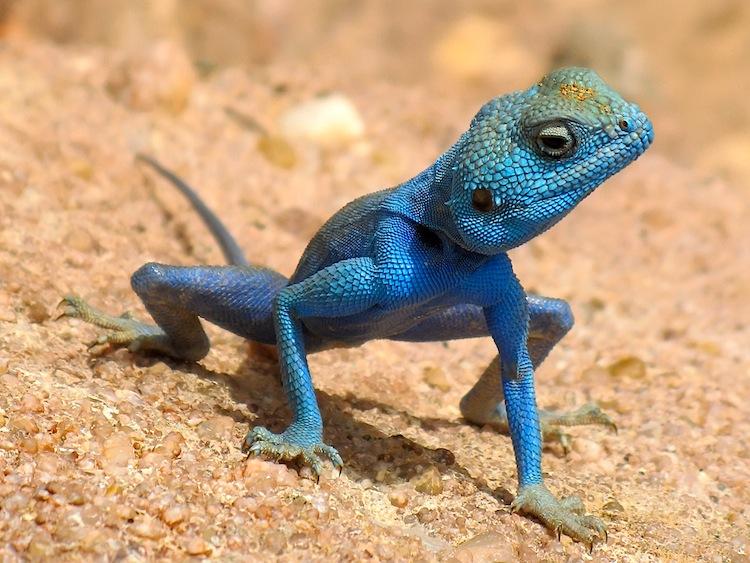Pre-Ice Age Woolly Rhino Found in Tibet
The fossil of a previously unknown kind of woolly rhino was recently uncovered way up in the Himalayas. The animal was named Coelodonta thibetana, the Tibetan woolly rhino, and appears to have existed around 3.7 million years ago, before the Ice Age set in.

Artist's rendering of the Tibetan woolly rhino. Julie Naylor
|Updated:





